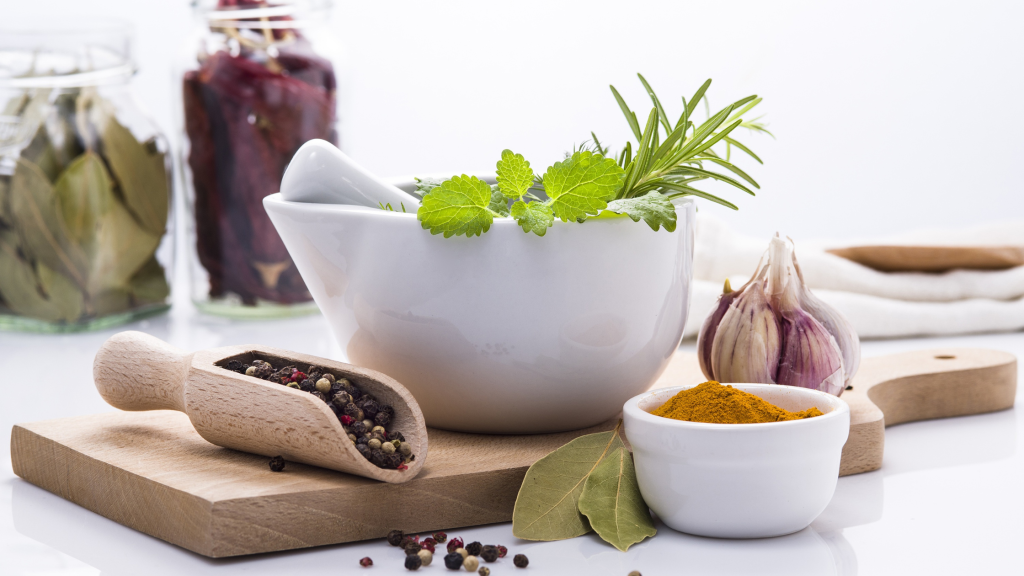Traditional medicine is a set of ancient medical practices that involves plant, animal, mineral-based medicines, therapies, manual techniques and exercises. It is based on traditional knowledge and approaches. In India, traditional medicine system is a holistic approach involving body and mind. Ayurveda, Siddha, Unani, Yoga, Naturopathy, and Homoeopathy are the six distinct traditional medicinal systems in India.
Ayurveda, the science of life, is a popular medicinal system in India. It is one of the world’s oldest medical systems. Apart from healing and treatment, it considers the physical, psychological and spiritual well-being of people. The ayurvedic medicinal system is increasing its popularity and is now adopted globally.
Siddha is an ancient medicinal system that is mainly practiced in the Southern part of India. It is one of the oldest medicinal systems that use natural resources. It treats the physical, psychological, social and spiritual well being of an individual.
Unani system of medicines deals with numerous states of health and diseases. It is a comprehensive medical system involving holistic concepts and scientific principles. Unani system focuses equally on body, mind and soul with a significance to diet.
Yoga is a therapy that involves body and mind. It helps to develop a positive state for both body and mind. Regular practice of yoga may reduce the risk factors that lead to many other diseases. Medical yoga therapy is a set of practices used for the prevention and treatment of various health conditions. It is a holistic approach that strengthens both body and mind. In recent years, yoga has become increasingly popular all over the world.
Naturopathy is a medicinal system that involves natural therapies. It is a form of is a form of alternative medicine that involves different treatment approaches like lifestyle changes, exercise therapies etc,
Homeopathy is a therapeutic practice that uses a different diagnostic system for assigning treatments to individuals. It is a popular method of treatment in India. It uses diluted substances and is based on the belief that the body can heal itself.
Conclusion
Traditional medicine is increasingly prominent in the world of modern science. Indian traditional medicine evolved from India uses traditional medical practices. Many of the people in India use traditional medicines for their well-being.
According to WHO (World Health Organisation), ‘the term traditional medicine describes the total sum of the knowledge, skills and practices indigenous and different cultures have used over time to maintain health and prevent, diagnose and treat physical and mental illness. Its reach encompasses ancient practices such as acupuncture, ayurvedic medicine and herbal mixtures as well as modern medicines.’
Recently, The Ministry of Ayush, Government of India and World Health Organization (WHO) joined to establish Global Centre for Traditional Medicine (GCTM), the first one of its kind in the world, at Jamnagar, Gujarat. The primary objective of WHO GCTM is to harness the potential of traditional medicine from across the world through modern science and technology and improve the overall health of the communities the in the world. The Centre will highlight the potential of traditional medicine and utilize technological advancements to promote its safe and effective use.

